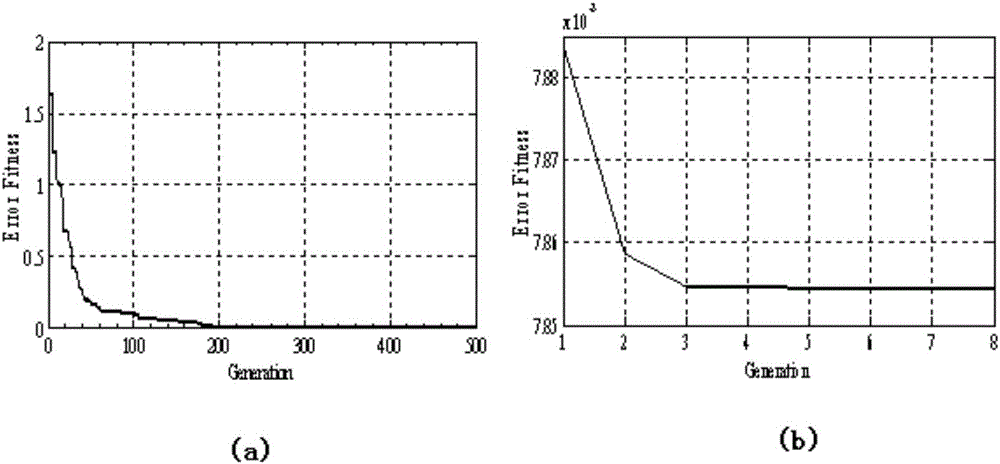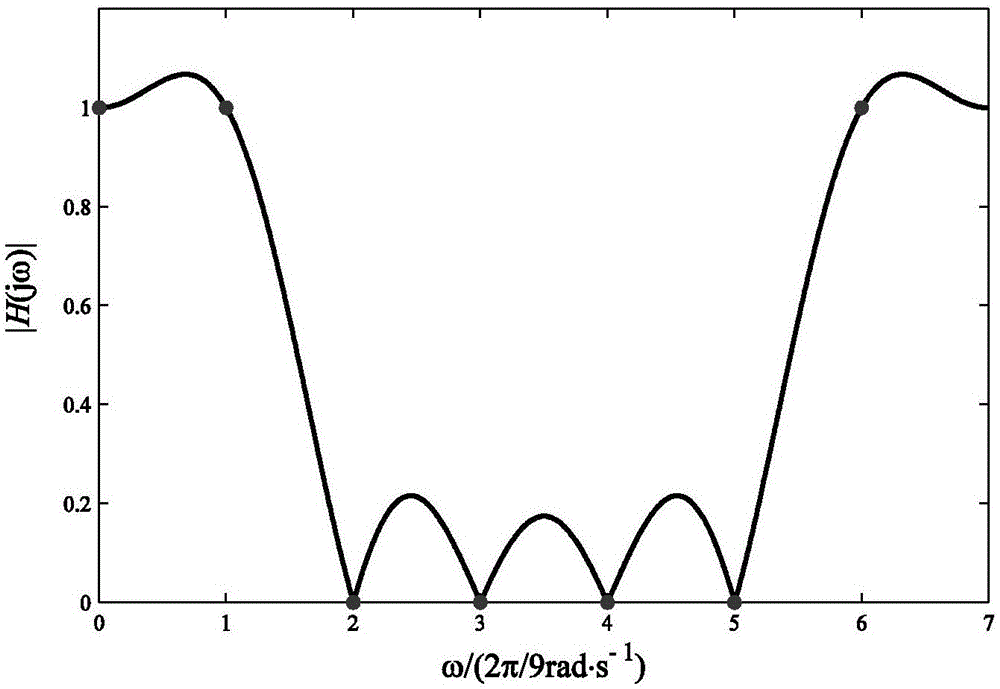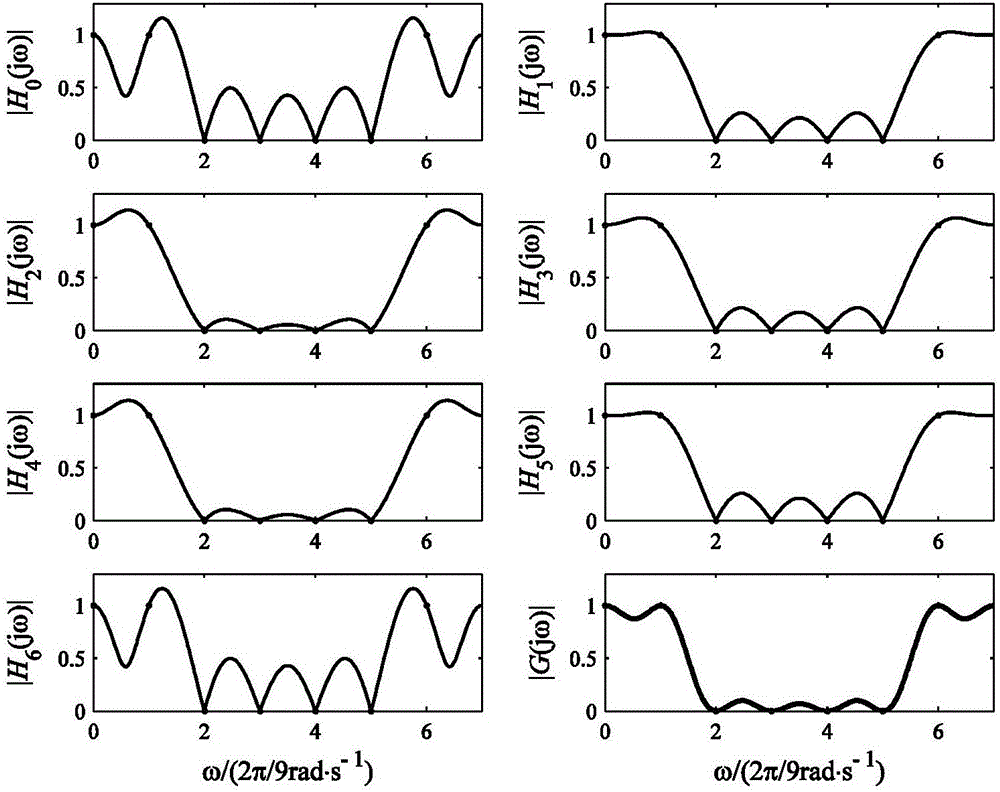FIR filter design method based on two-level optimization and device thereof
A filter design and filter technology, applied in impedance networks, digital technology networks, electrical components, etc., can solve problems such as slow iterative calculation, complex single-variable optimization problems, and large resource consumption, achieving high design efficiency, excellent The effect of transmission performance
- Summary
- Abstract
- Description
- Claims
- Application Information
AI Technical Summary
Problems solved by technology
Method used
Image
Examples
Embodiment 1
[0049] A kind of FIR filter design method based on two-level optimization, this method comprises the following steps:
[0050] 101: Obtain the length of the frequency sampling vector and the boundary integer according to the cutoff frequency and the filter transition band, and construct the frequency sampling vector;
[0051] Wherein, this step is specifically: given engineering requirement cut-off frequency ω c , filter transition band Determine frequency sample vector length for filter and boundary integer M=[ω c / (2π / N)+1], and then construct the frequency sampling vector (Initialization T=1).
[0052] 102: first-level optimization;
[0053] The filter coefficient g(n) is obtained through a three-step design method. The specific steps are: given T, the filter coefficient g(n) is obtained according to the following three-step design method:
[0054] 1. The frequency sampling vector H T Perform IDFT transformation to get h=[h(0),h(1),...,h(N-1)], and then perform cy...
Embodiment 2
[0062] The scheme in embodiment 1 is introduced in detail below in conjunction with specific calculation formulas, see the following description for details:
[0063] 201: Filter design based on cyclic shift synthesis;
[0064] 1. Cyclic shift synthesis and natural optimization
[0065] The classical frequency sampling method specifies a frequency sampling vector H=[H(0),H(1),. ...,H(N-1)], which can be set as the following form
[0066]
[0067] Directly perform IDFT on H to get
[0068]
[0069] A cyclic shift of length (N-1) / 2 is performed on the elements in h to obtain the final filter coefficients. Take N=7, M=2 as an example, at this time H=[1 1 0 0 0 0 1] and its IDFT vector is h=[h(0),...,h(N-1)]= [0.4286 0.3210 0.0793 -0.1146 -0.1146 0.0793 0.3210]. So after the cyclic shift, the final filter coefficients can be obtained as
[0070] However, if figure 1 As shown, although the amplitude-frequency curve of the filter is at ω=k2π / N, k=0,..., N-1 frequency ...
Embodiment 3
[0161] The scheme in embodiment 1 and 2 is further introduced below in conjunction with specific calculation formula, example, see the following description for details:
[0162] Experiment 1. The performance effect of the filter designed in the embodiment of the present invention:
[0163] This experiment aims to compare the performance of the windowed cyclic shift synthesis proposed by the embodiment of the present invention with its DE-optimized filter.
[0164] parameter settings with figure 2 Same, N=7, M=2, w c (n)=f(n)*R N (-n), where f(n) is a Hamming window of length N. Table 1 lists the control parameters in the initialization phase of the DE algorithm.
[0165] Table 1. Control parameters of the DE algorithm
[0166]
[0167]
[0168] according to Figure 8 According to the design steps, the optimal transition point value T=0.9480 can be obtained, and the filter coefficient g corresponding to it can be calculated by the 3-step design method T (n), and ...
PUM
 Login to View More
Login to View More Abstract
Description
Claims
Application Information
 Login to View More
Login to View More - Generate Ideas
- Intellectual Property
- Life Sciences
- Materials
- Tech Scout
- Unparalleled Data Quality
- Higher Quality Content
- 60% Fewer Hallucinations
Browse by: Latest US Patents, China's latest patents, Technical Efficacy Thesaurus, Application Domain, Technology Topic, Popular Technical Reports.
© 2025 PatSnap. All rights reserved.Legal|Privacy policy|Modern Slavery Act Transparency Statement|Sitemap|About US| Contact US: help@patsnap.com



